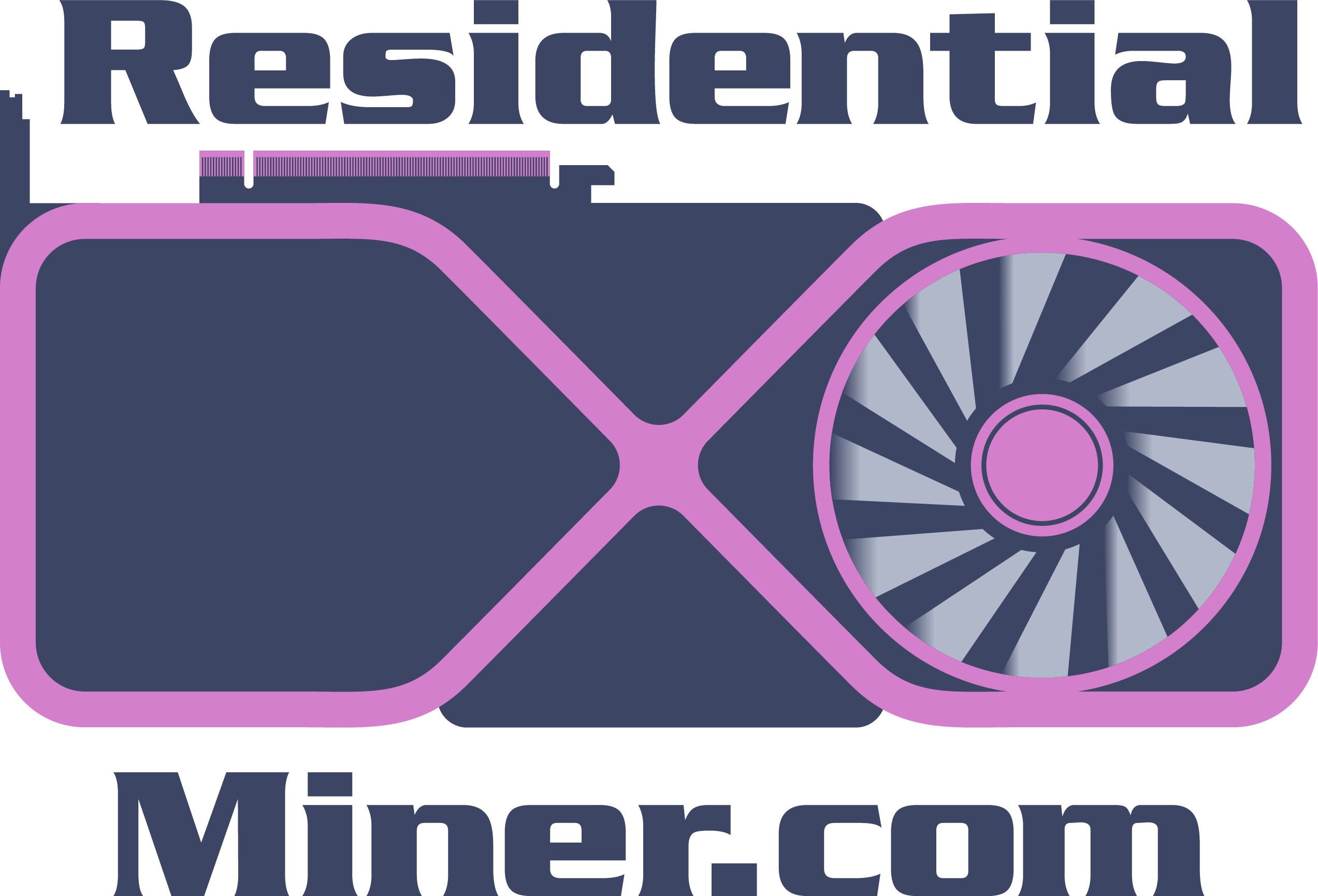What is GPU mining and how does it work?
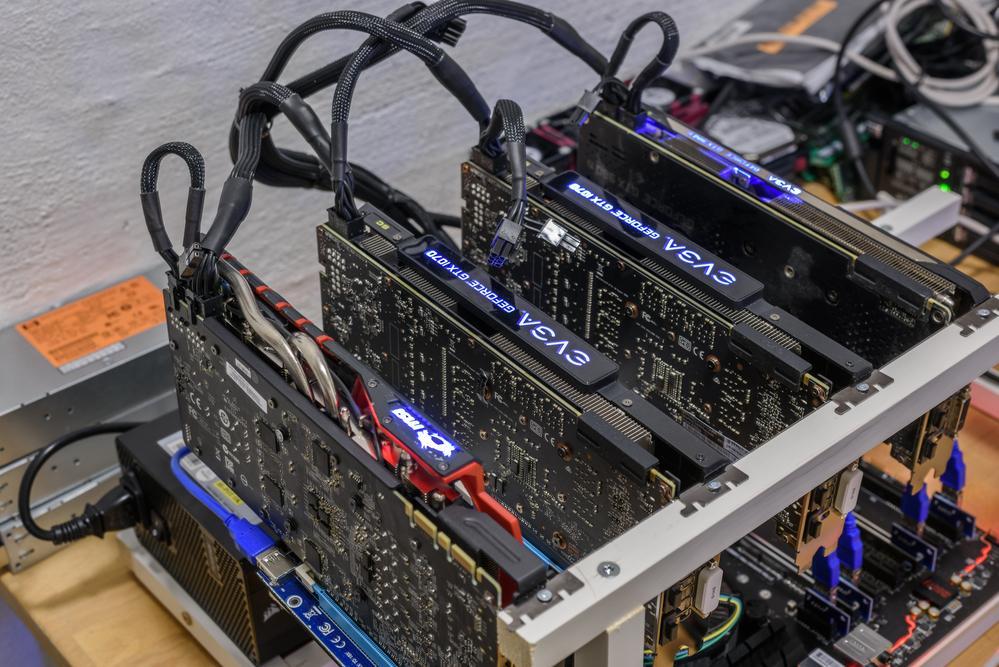
The benefits of using a GPU for cryptocurrency mining
GPUs are specialized hardware that are designed to process graphics and are commonly used in gaming computers and other applications that require high-performance graphics processing. They are well-suited for cryptocurrency mining because they are able to perform many calculations simultaneously, making them much faster than CPUs.
The benefits of using a GPU for cryptocurrency mining include:
Increased speed: GPUs are able to perform many calculations simultaneously, making them much faster than CPUs when it comes to mining for cryptocurrencies. This can increase the chances of finding a block and earning a reward.
Greater efficiency: GPUs are specifically designed for graphics processing and are able to perform these calculations more efficiently than CPUs. This can result in lower electricity costs and a lower overall cost of mining.
Ability to mine a wider range of cryptocurrencies: Some cryptocurrencies are better suited to mining with a GPU than others. For example, Ethereum, a popular cryptocurrency, can be more efficiently mined with a GPU compared to a CPU.
Potential for passive income: If successful, GPU mining can provide a passive income stream as miners earn rewards for contributing their computing power to the network.
Flexibility: GPU mining can be done on a wide range of computers and hardware, making it accessible to many people. It is also possible to customize and upgrade a GPU mining setup to increase its performance.
How to get started with GPU mining
To start GPU mining, you will need a computer with a GPU, as well as a mining software program and a cryptocurrency wallet. You will also need to join a mining pool, which is a group of miners who combine their computing power to increase their chances of finding a block and earning a reward.
To get started with GPU mining, you will need the following:
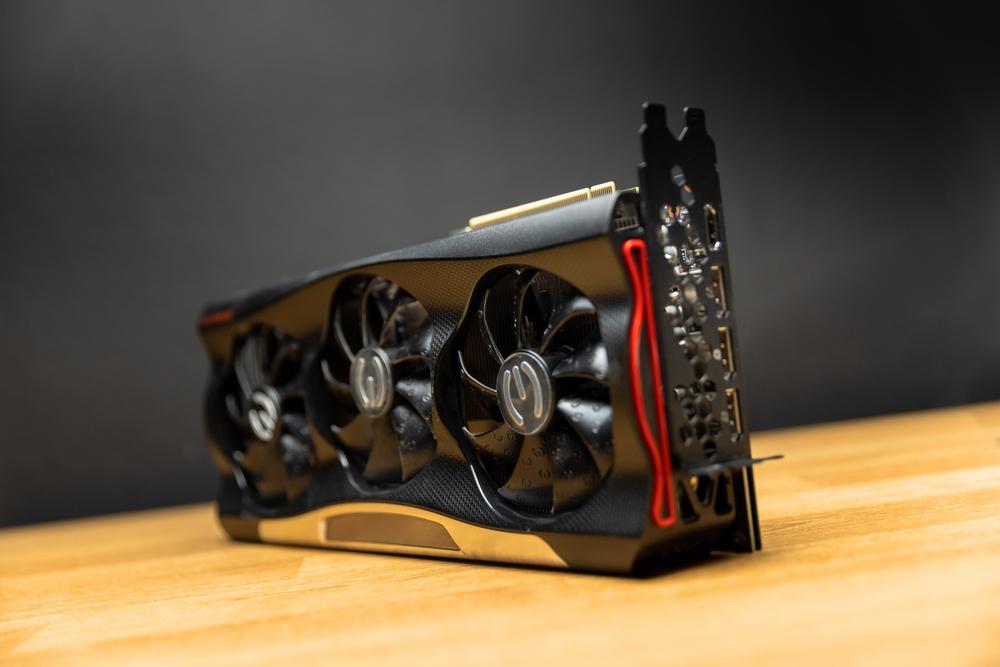
Required Items:
Technical Considerations
How to get started with GPU mining
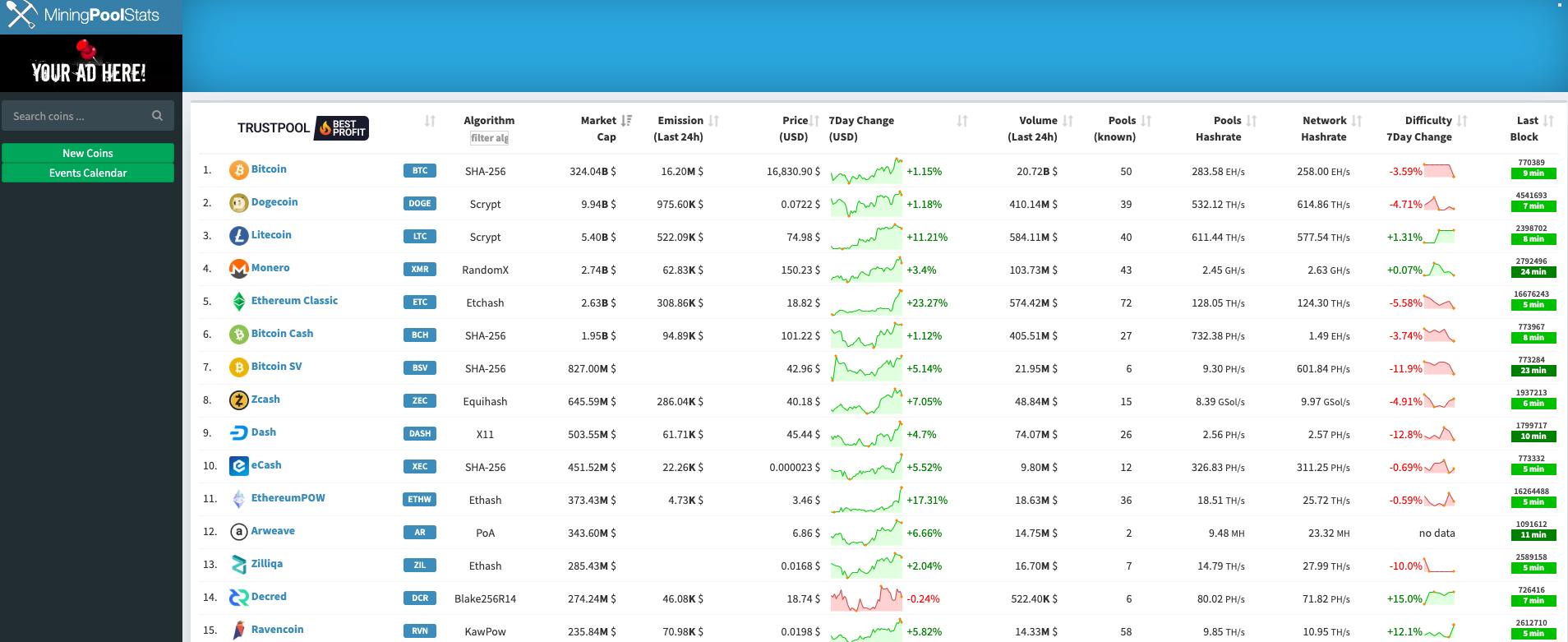
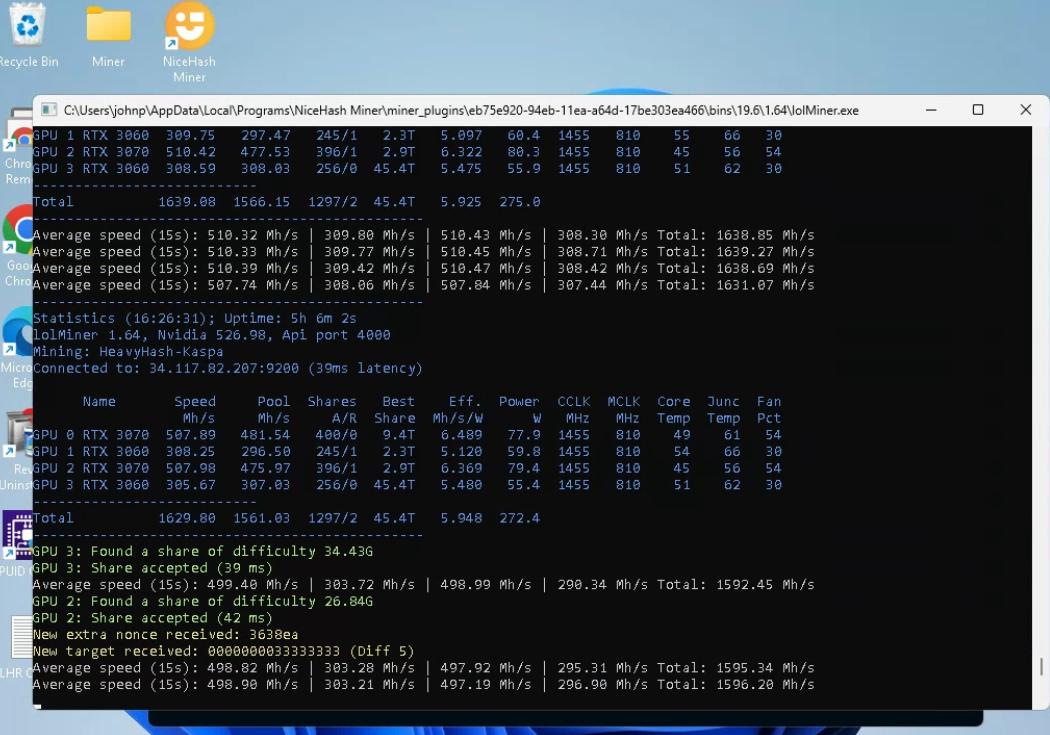
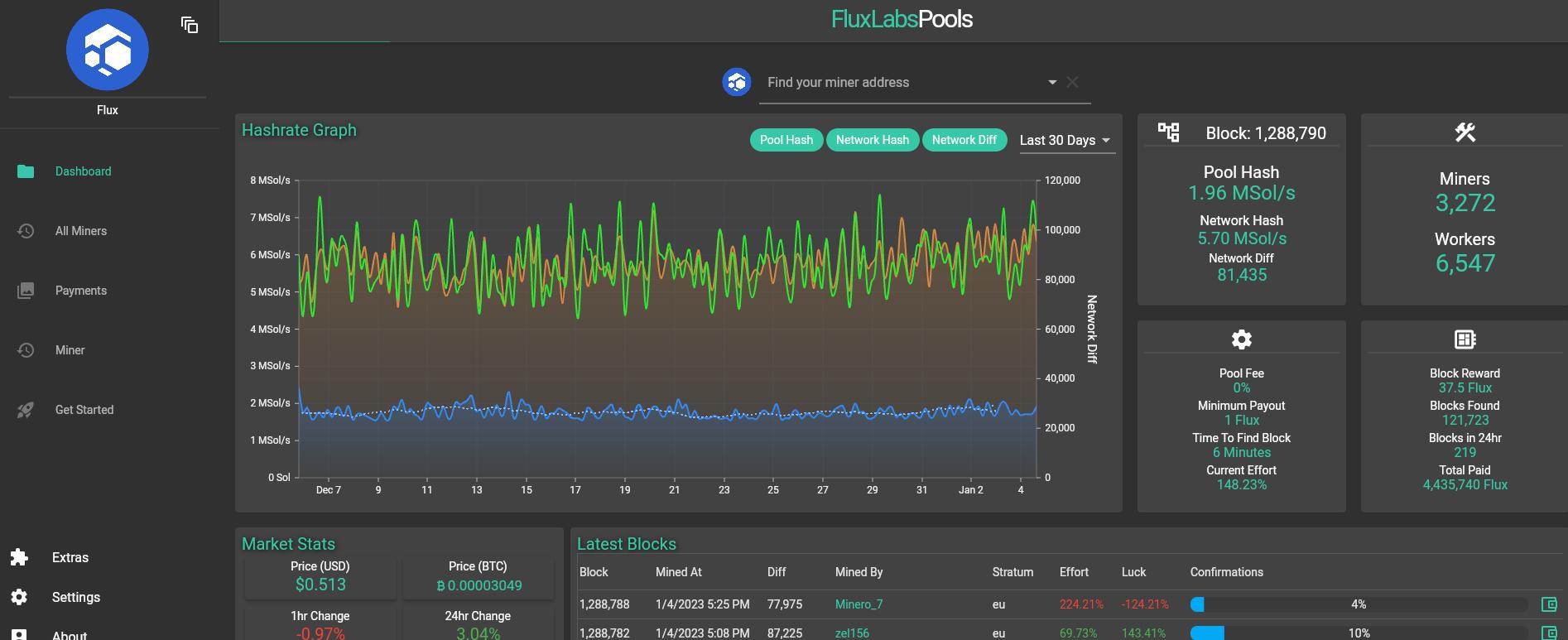
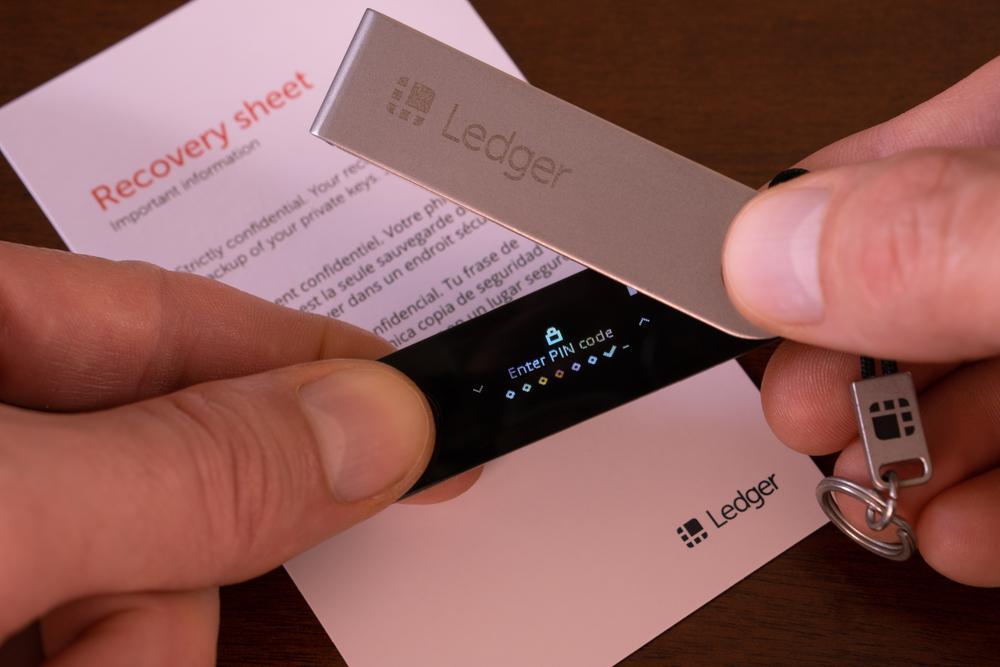

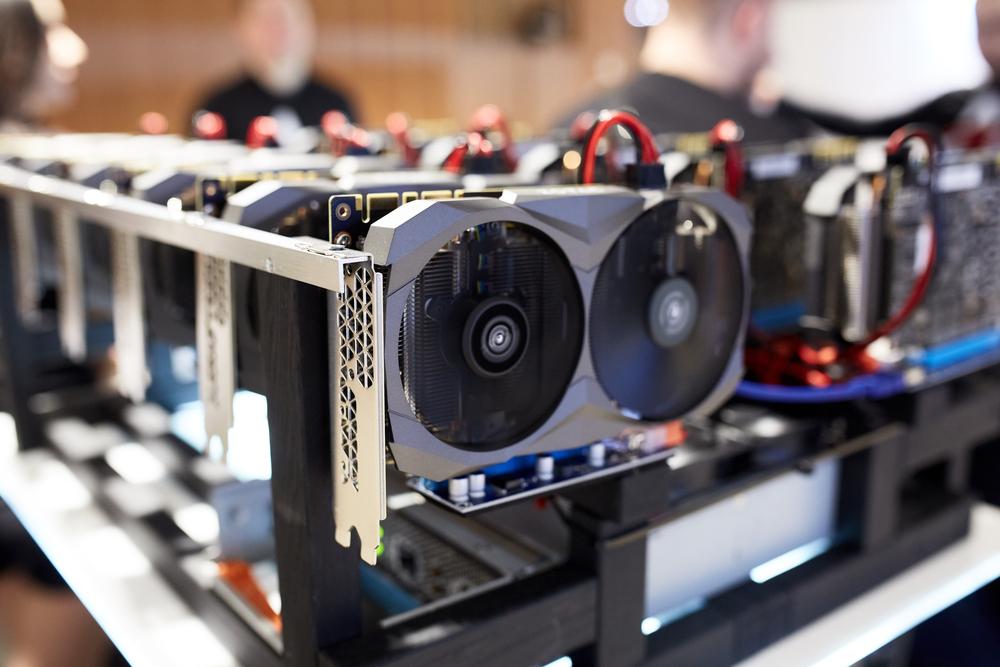

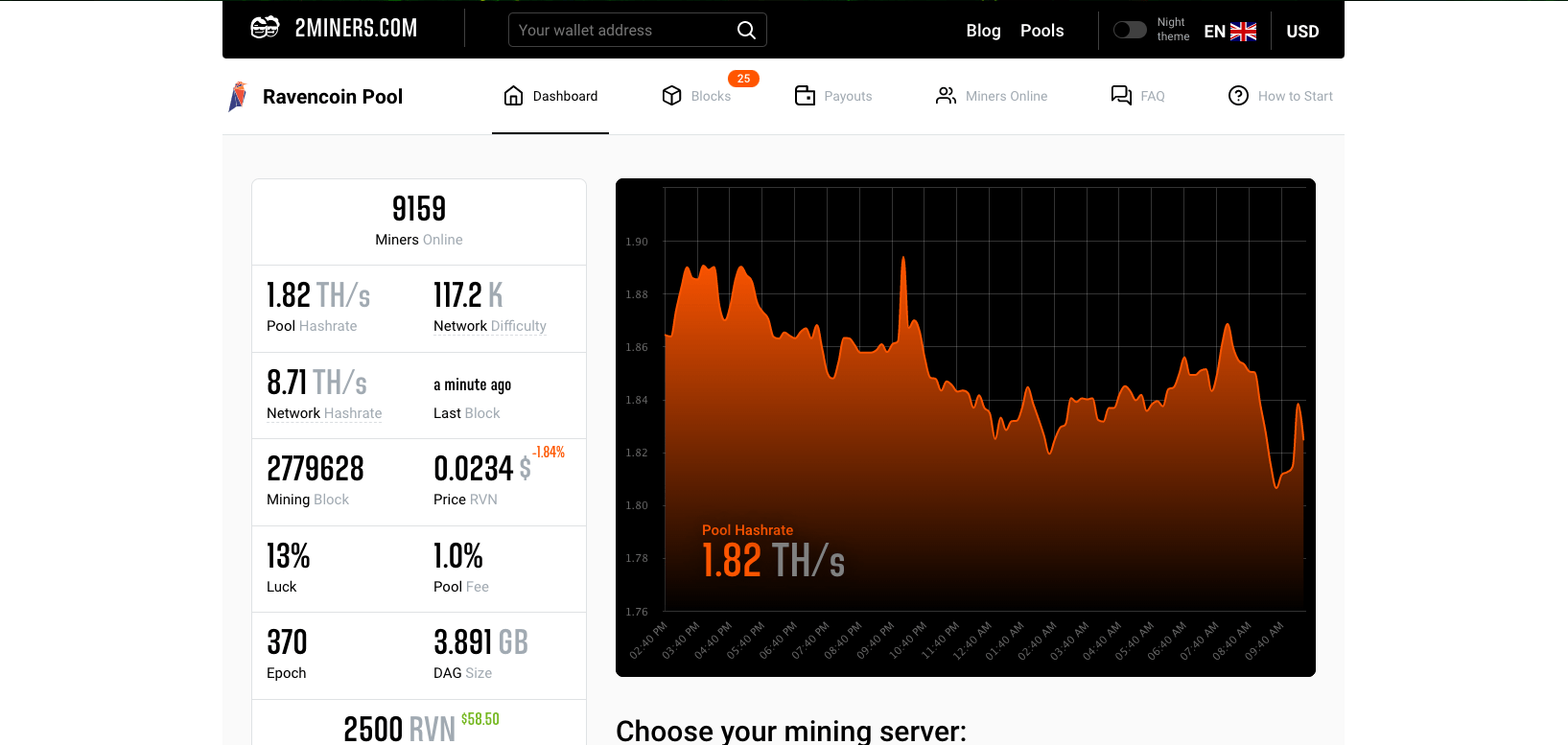
Once you have all of the necessary equipment and software, you can begin mining by running the mining program and specifying the type of cryptocurrency you want to mine, as well as the mining pool you want to join. The mining program will use your GPU to perform complex calculations to try to find a block and earn a reward.
It is important to note that GPU mining can be a technically complex process and it requires a significant amount of electricity to run the hardware. It is also important to stay up-to-date on the latest developments in cryptocurrency mining, as the algorithms used to mine different cryptocurrencies can change over time and may require different hardware or software to be effective.
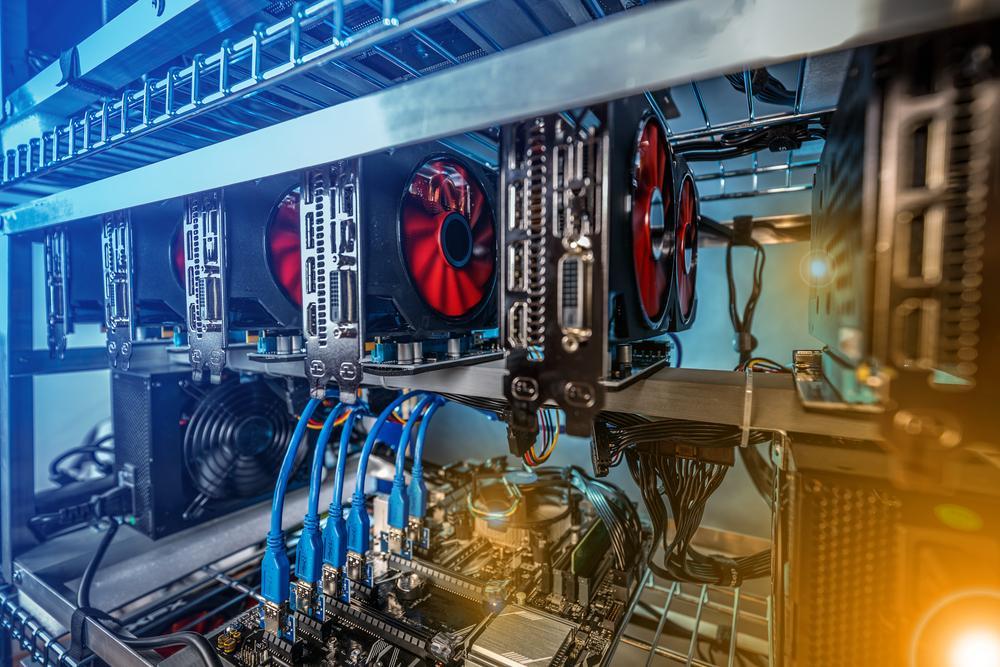
The technical considerations of GPU mining
Once you have all of the necessary equipment and software, you can begin mining by running the mining program and specifying the type of cryptocurrency you want to mine, as well as the mining pool you want to join. The mining program will use your GPU to perform complex calculations to try to find a block and earn a reward.
There are several technical considerations to keep in mind when it comes to GPU mining:
- Hardware compatibility: Not all GPUs are suitable for mining, and some may be more efficient than others. It is important to choose a GPU that is compatible with your mining software and the cryptocurrency you want to mine.
- Overclocking: Overclocking is the process of increasing the clock speed of a GPU in order to boost its performance. While it can increase mining performance, it can also increase the GPU’s power consumption and heat output. Overclocking can also shorten the lifespan of the GPU.
- Cooling: Mining can generate a lot of heat, and it is important to keep the GPU cool in order to prevent it from overheating. This may require the use of additional cooling measures, such as fans or water cooling systems.
- Power consumption: GPUs can be power-hungry, and it is important to consider the electricity costs of running a mining setup. It may be useful to use a power meter to measure the power consumption of your hardware and determine the profitability of your mining operation.
- Network connectivity: A stable and fast internet connection is important for mining, as it will affect the speed and reliability of the mining process.
- Software updates: The mining software and the cryptocurrency you are mining may require regular updates in order to remain effective. It is important to stay up-to-date with these updates in order to ensure that your mining operation is running efficiently.
Staying up-to-date on the latest developments in GPU mining
GPU mining can be an effective way to earn cryptocurrency, but it is important to keep in mind that it can be a technically complex process and it requires a significant amount of electricity to run the hardware. It is also important to stay up-to-date on the latest developments in cryptocurrency mining, as the algorithms used to mine different cryptocurrencies can change over time and may require different hardware or software to be effective.
